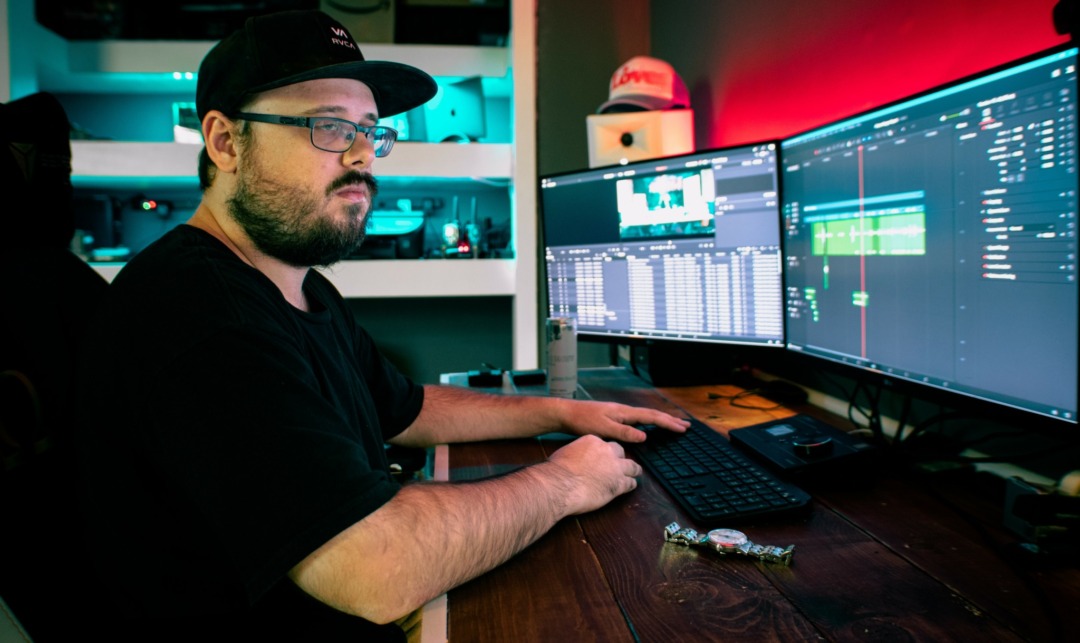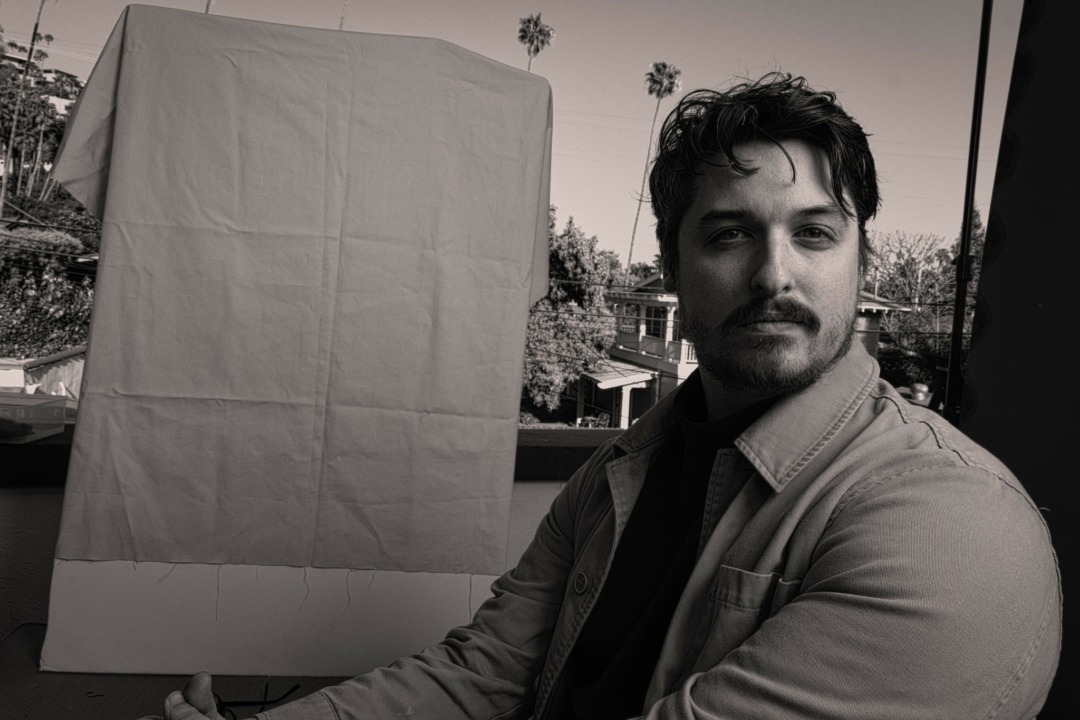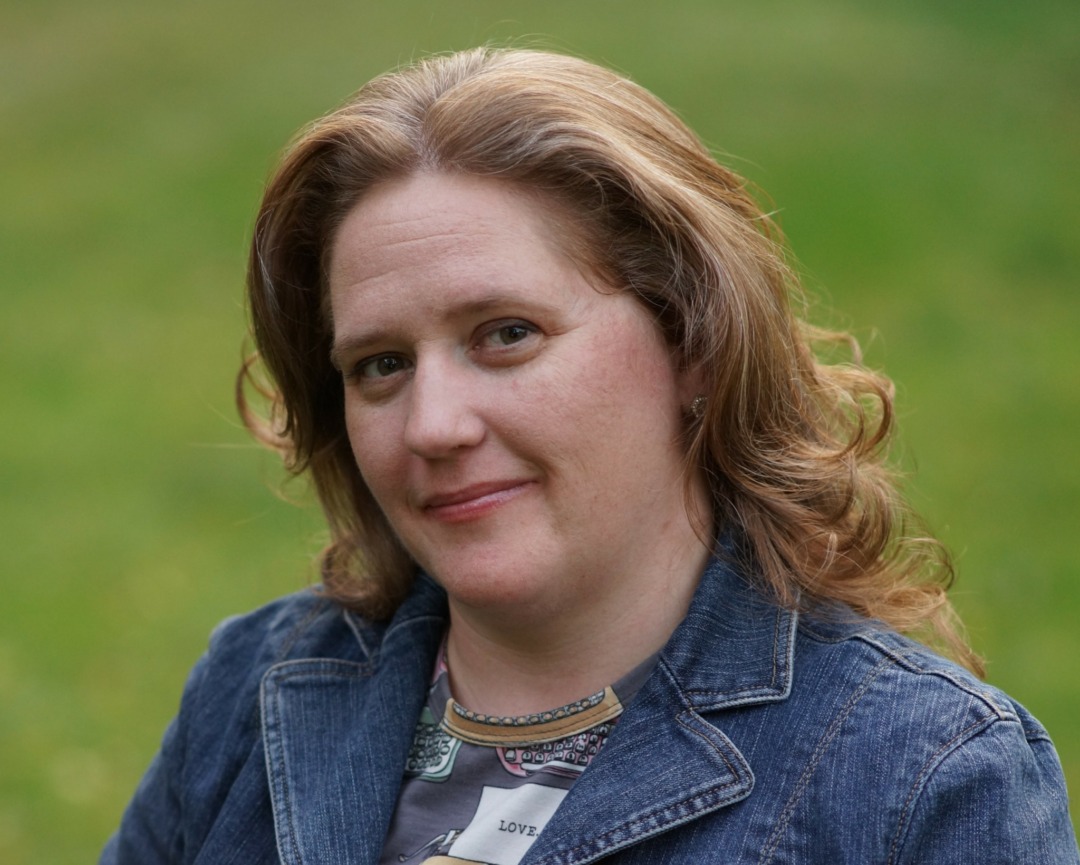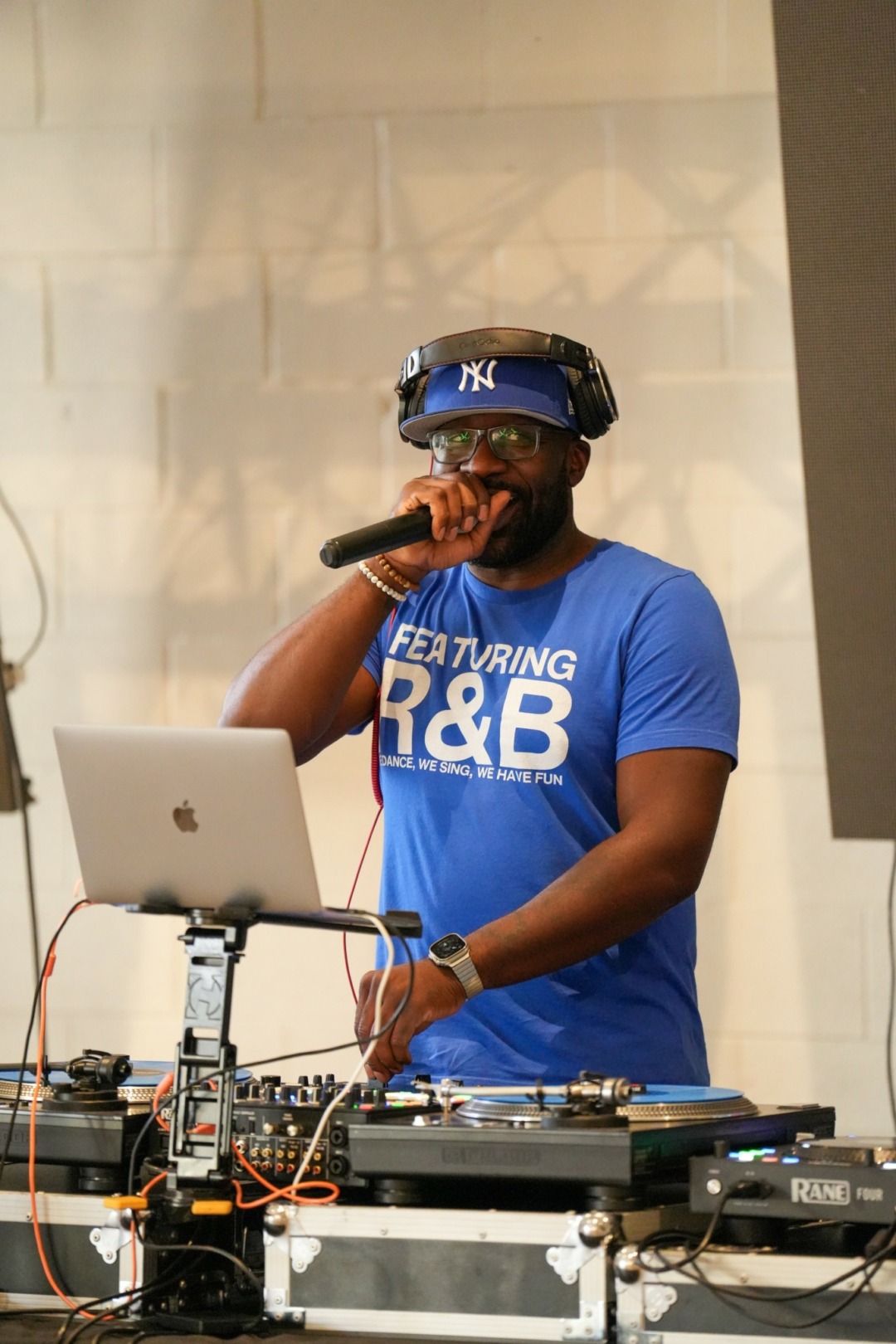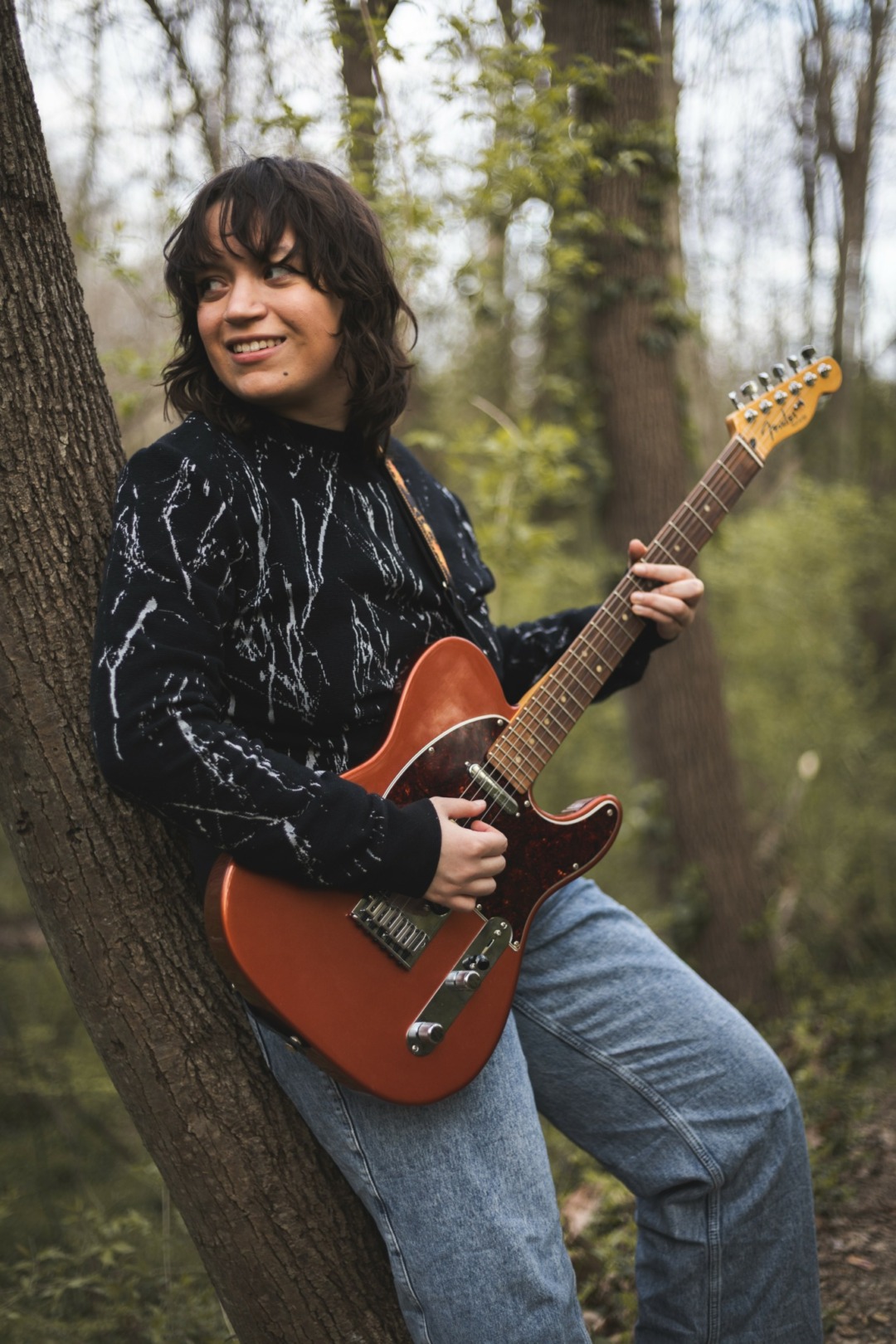Wanting to be an artist or creative is step one. Following through means investing in learning your craft, but we’ve heard from so many aspiring artists and creatives who feel unsure about where to start and so we’re incredibly grateful to the artists and creatives who’ve agreed to share their stories of how they learned their craft.
Nell

I learned to write good songs by writing bad songs. I began writing when I was about 15 years old, and wrote mostly alone for about ten years. In those years I had no judgement of myself for what I made; I was writing simply because I had something I needed to say. When I moved to Nashville at 25 and began pursuing professional songwriting, I felt a new pressure to write songs that were good from a commercial standpoint. This made me feel discouraged from and almost scared to write, so I started giving myself verbal instructions to write a bad song. Read more>>
Camille Kauer
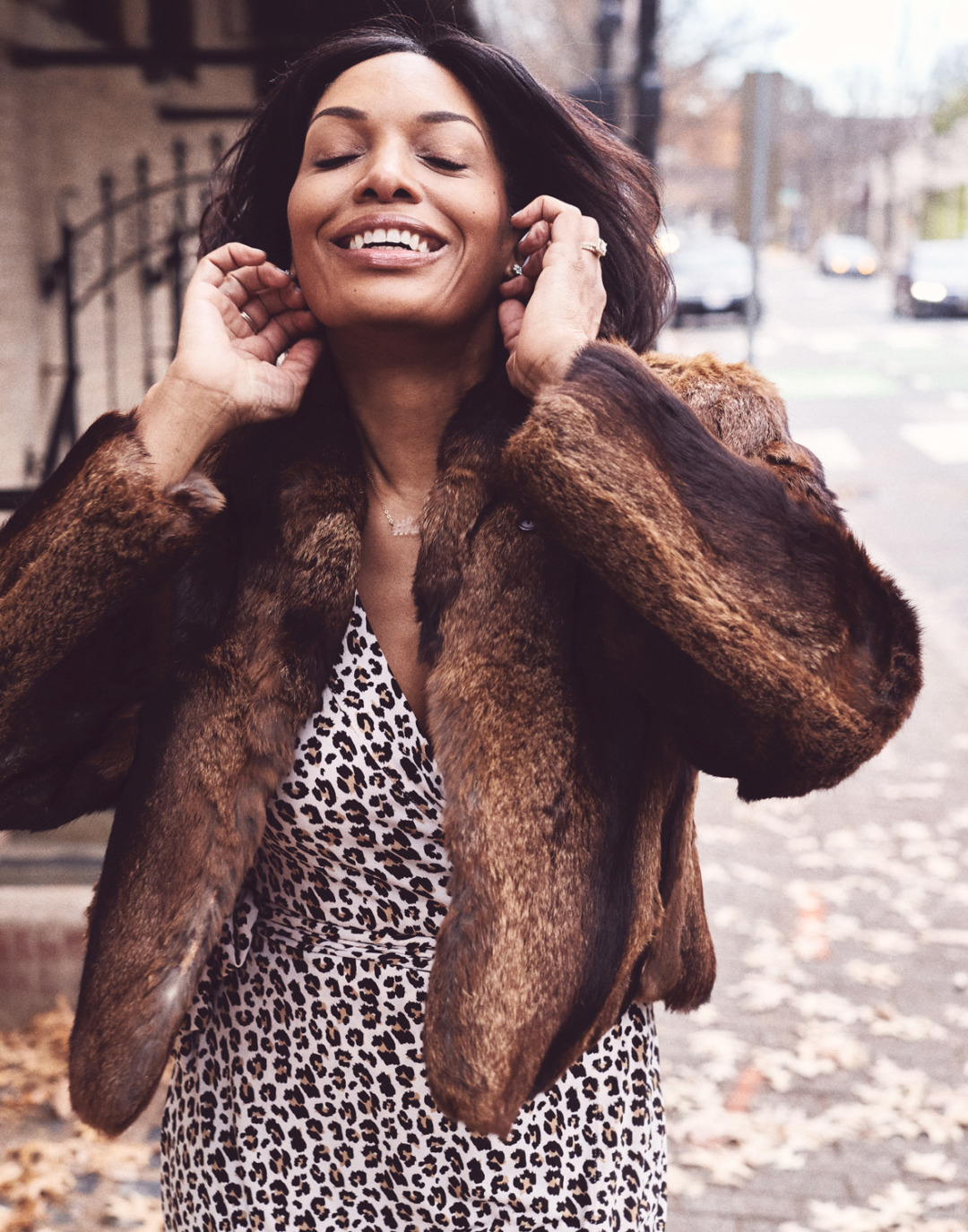
I’ve always had a passion for storytelling, whether that was through acting, hosting, or interviewing fascinating people on my podcast, The E-Spot with Camille. I studied sociology and theater, and I also had the benefit of growing up around the entertainment industry, which gave me early exposure to the ins and outs of production and performance. But much of what I learned came from being on set, interviewing guests, taking biweekly acting classes, and adjusting as I went along. Watching and listening to my episodes was a massive part of my hosting and editing growth. Read more>>
Amirtha Arasu
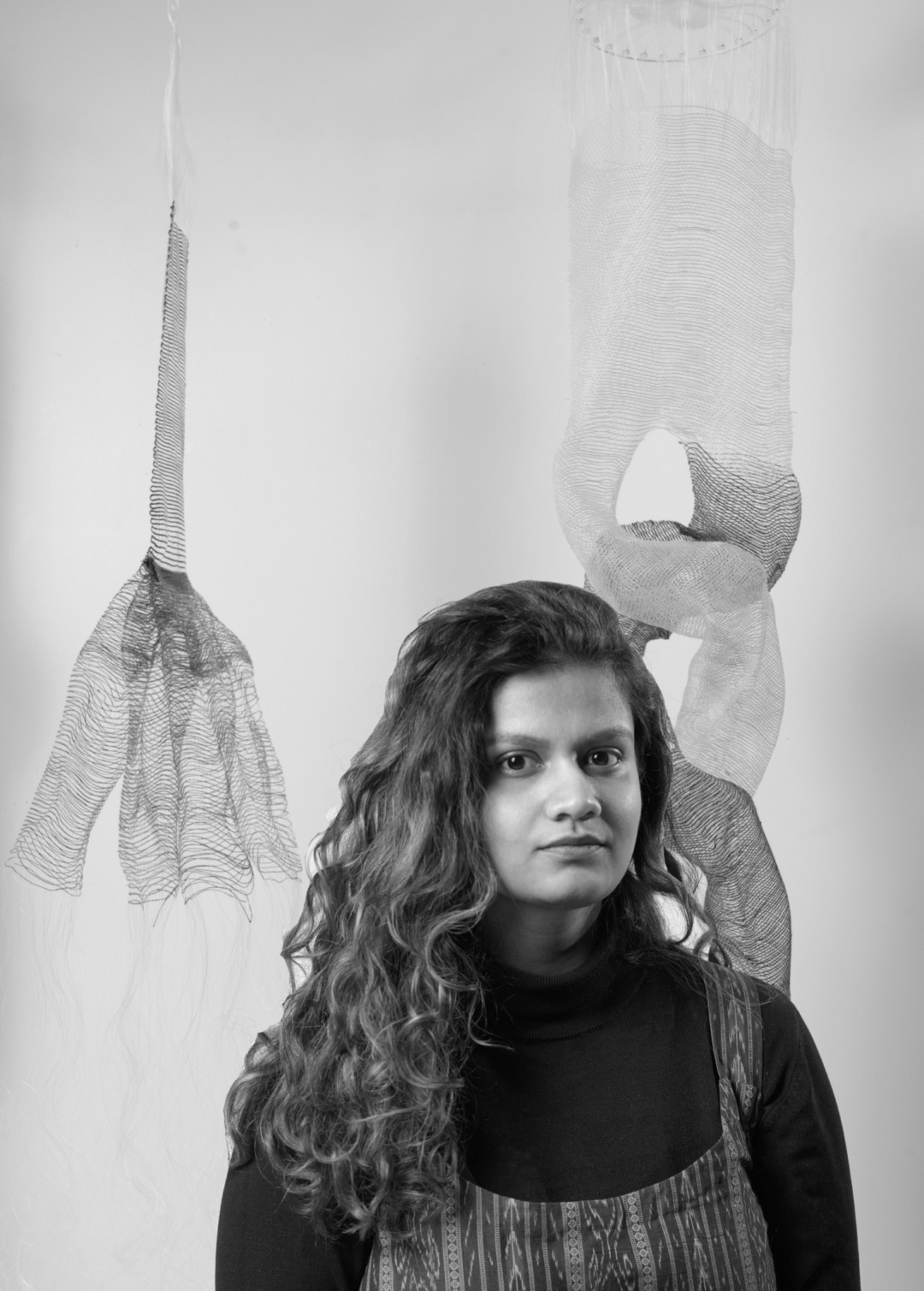
I learnt to weave as a first-timer during my undergrad, where I was exposed to weaving on a traditional floor loom. I found it to be like solving a puzzle—calculating how many strands of yarn are required to achieve the final structure of a fabric. The ability to make something from scratch using my hands and an ancient machine like a handloom really drew me in. Over time, I noticed myself gravitating toward the weaving studio every morning before classes and again after. At some point, I even started helping friends with their pre-calculations for weaving. Read more>>
Tahseen Md. Muhin

Basically, in photography, I learned everything with experimentation. Researching about the things and implementing those in my daily life. There are many rules and compositions in photography, I started experimenting with them in a one-by-one process. It helped. Read more>>
Shaelynn Waseka
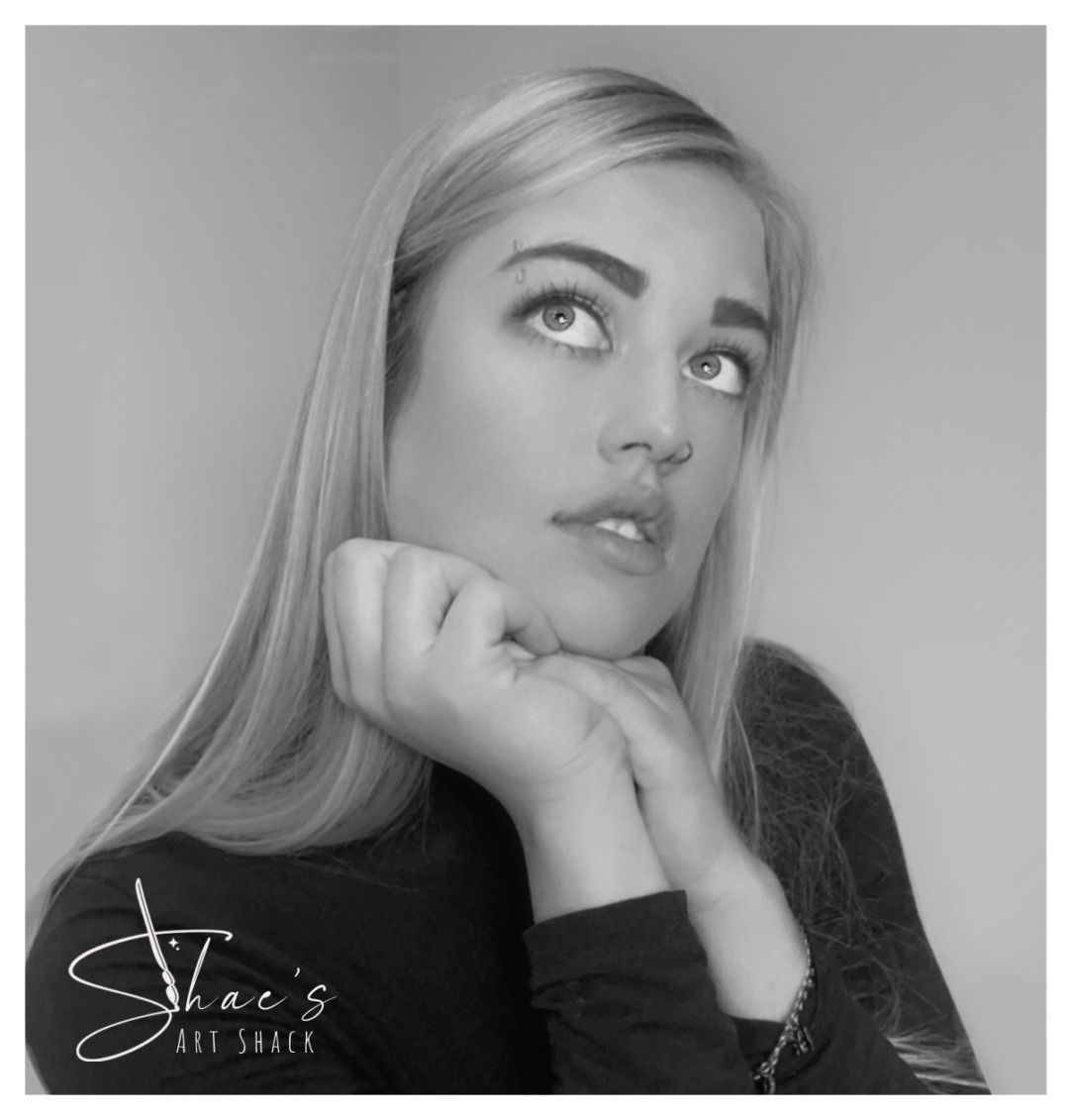
My creative journey began in early childhood, rooted in a cycle of trial and error. I remember experimenting with anything I could transform—colors, textures, nature, even discarded materials—to bring new ideas to life. Over the years, my love for creating only deepened. What once was a pile of sticks and leaves evolved into strokes of paint on canvas. This passion for artistry first became a soothing hobby, and eventually blossomed into a profitable business. Read more>>
Rosie Cusack
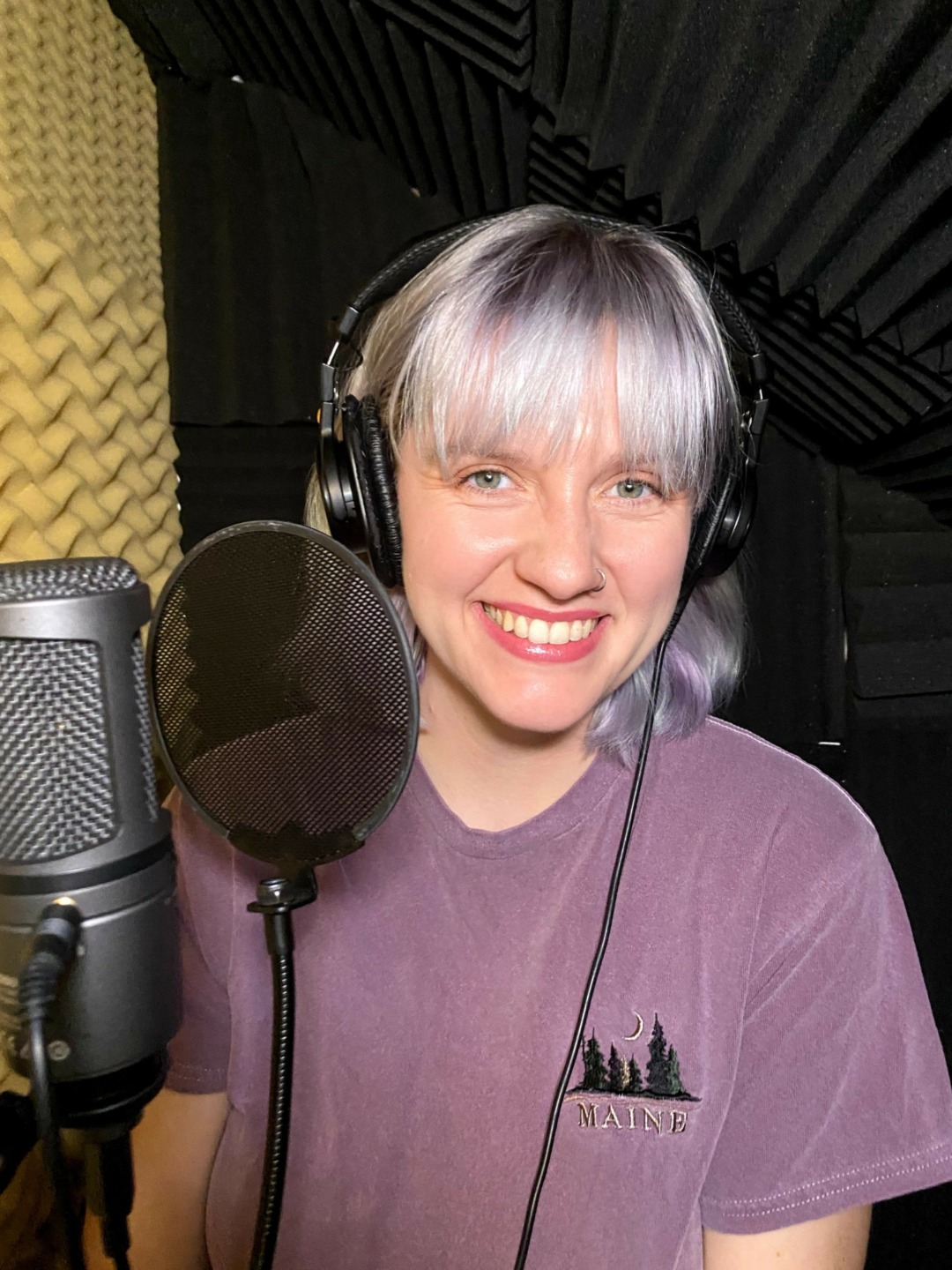
I quite literally googled “how to be a voice actor” one day. There was A LOT of info and articles out there, but I noticed that the first step seemed to always be some version of “take lessons” and “find a good coach”. After some searching, I found Michelle Sircusa! I learned so much from her about so many things that I didn’t know I didn’t know. From acting coaching, to recording techniques, to setting up my recording space, to audio production and editing, to how to navigate the industry, Michelle’s insights and direction were so valuable. Honestly, all of those skills are equally essential, but the most important thing I have learned is where and who to ask when I find things I don’t know. Read more>>
MIRELE VOLKART

learned what I do today from a very young age, almost without realizing it. I was raised in the countryside of Rio Grande do Sul, in southern Brazil, in a region of German heritage where women were traditionally taught to sew, embroider, and master textile techniques as part of household responsibilities. These skills were passed down from my mother and grandmothers, and for a long time, I didn’t see them as art, they were viewed more as obligations than as creative expression. Read more>>
Bosook Coburn

I think the best way to learn storyboarding, like most things, is just by doing. You can sit and theorize about all the ways to approach a project or all the ways you want to execute a scene, but really you won’t know if it works unless you try to do it, and then try again if the first idea doesn’t work. You’ll probably have to do this many times, but the more you do, the more you’ll become familiar, and the easier things will get. I was very fortunate to be around lots of other people interested in story and boarding when I was coming up in college, and I really valued getting their opinions on my work. It really broadened the way I could think about a scene and added variety to the ways I could approach a problem. And then, of course, you have to do it again and again. Read more>>
Mona Houle
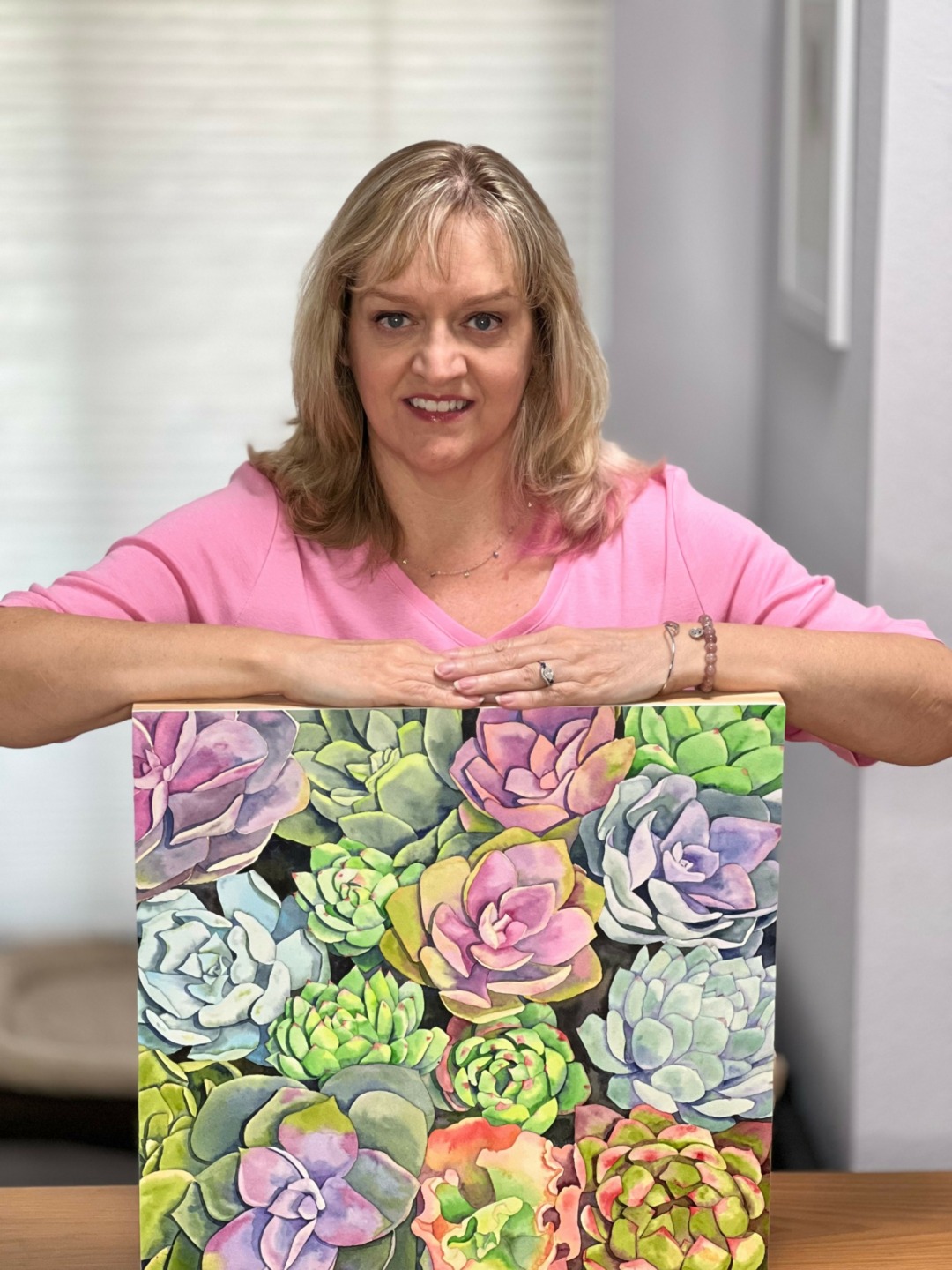
I had always been creative as a child, using art as a way to communicate. I attended Hallmark Institute of Photography, right after High School. It was the closest thing to art school that offered me the potential for a sustainable trade. I soon found the world was not as I imagined or trained for. Still a teenager, and a female in the 1980s, I faced so many challenges in a largely male dominated field. I was paid substantially less than my male peers and struggled to be taken seriously. Read more>>
Illexotic (all Lower Case Please 🙂)
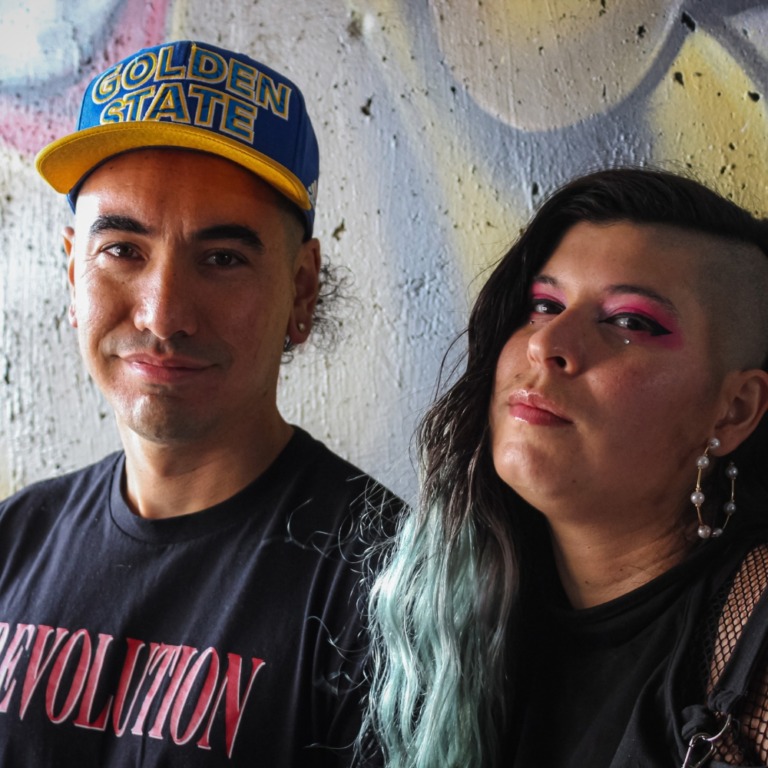
We both actually started playing instruments when we were kids. Corinita later discovered a natural singing voice, and Josh got into freestyle rapping with his friends. We met at Chabot College in Hayward, CA in their Music Recording Technology program. Josh didn’t know much about electronic music but grew up listening to it and going to raves, so he wanted to learn how to make it. Corinita had been going to Chabot for classical music but ended up in the Electronic Music class because she ran out of classical music courses to take. Read more>>
Ashley Plath
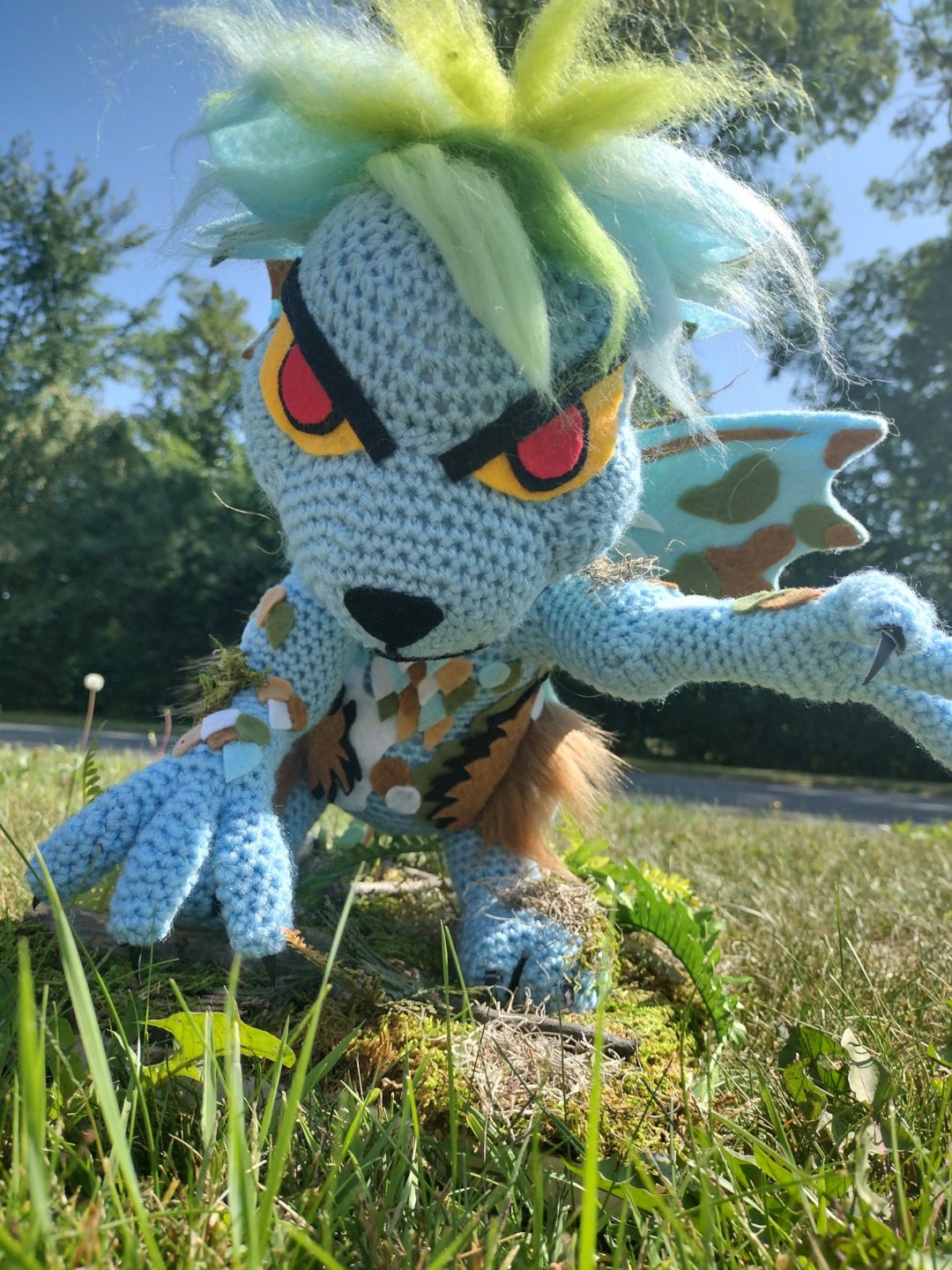
My great grandmother, Sylvia, taught me many crafts during my time with her. We quilted together, in fact, I still have the quilt she and I made when I was 6 for my birthday that year, sewed clothes and toys, but above everything, was crochet. She could turn yarn into beautiful things, one of my favorites was this beautiful apache tears afghan. So I grabbed a hook, some rainbow yarn she had in her stash, and waited patiently on her instruction. “Chain the whole skein.” was all she said after teaching me to make a slip knot and the basic yarn over and pull through. Read more>>
Amy Gordon
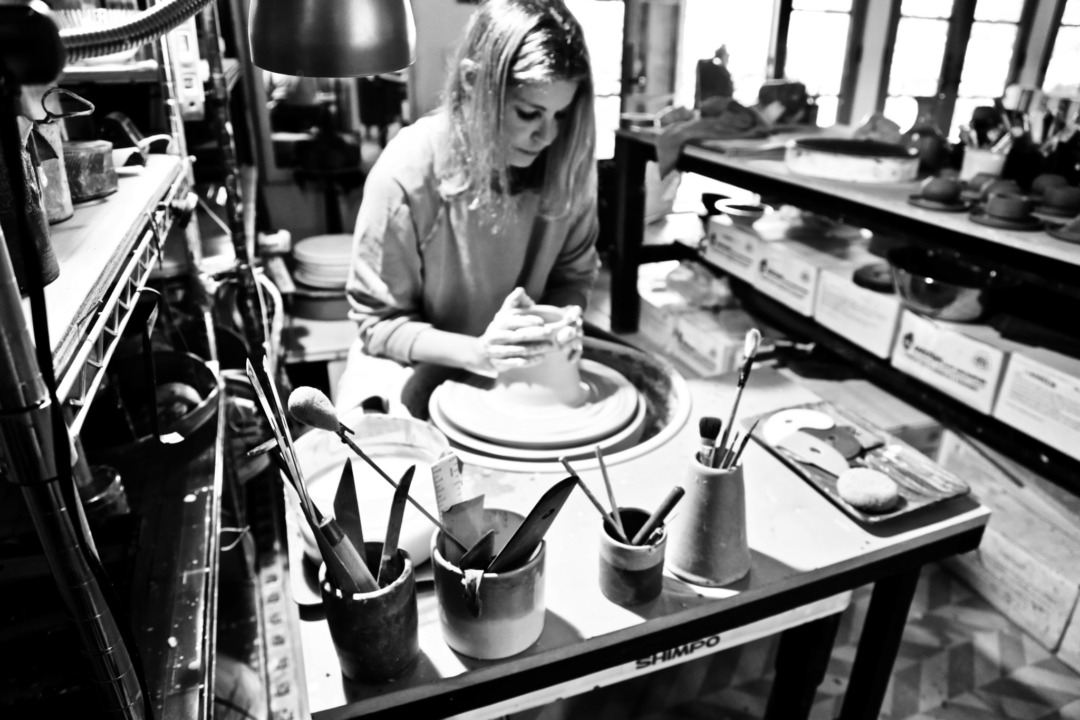
One summer day, my three dogs escaped (as they often do) and wandered into a neighbors yard. It was then that I met Jacqueline Stanford, a former triathlete and neighbor of 18 years and she taught pottery classes right in her backyard. Out of curiosity, I signed up for one of her classes and serendipitously found my passion for clay. Eventually I set up my own studio which I am in as often as I can. Read more>>
Majesty Campbell
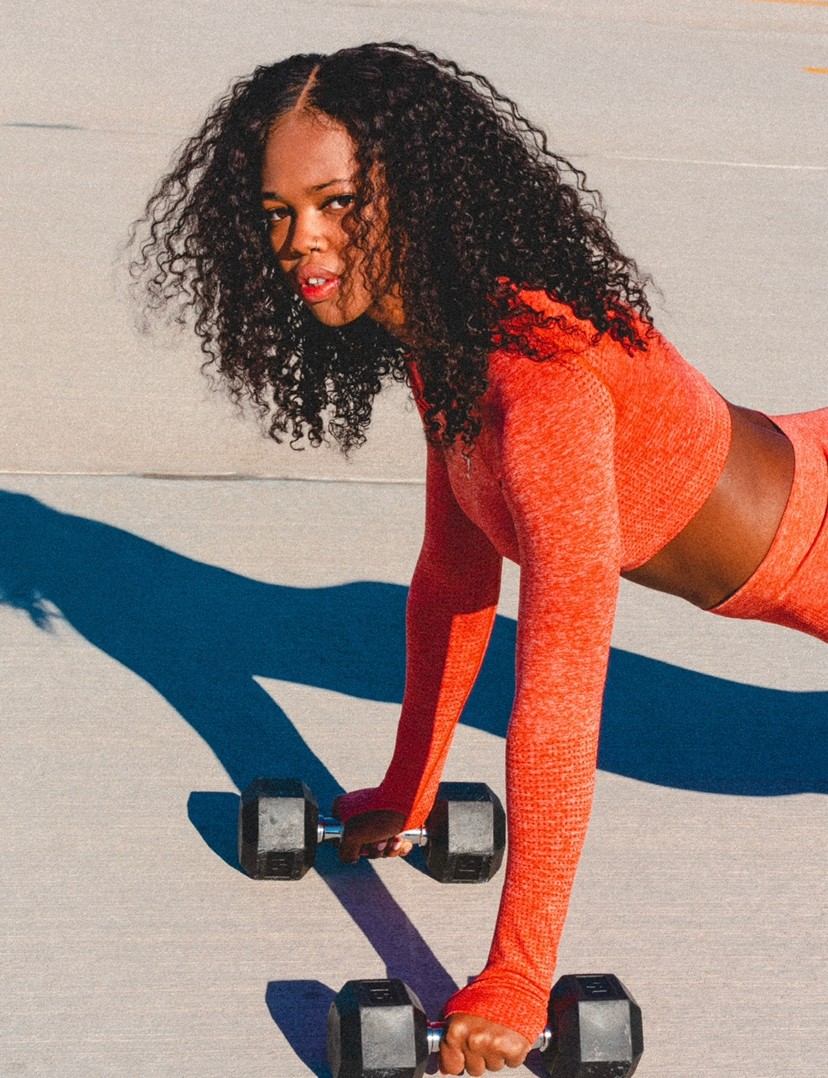
When it comes to fitness, I’ve always been an active person—it’s been a part of my life in some way or another. But I’d say my real fitness journey began in college, when I decided to take it seriously and commit to improving both physically and mentally. Read more>>
Roux Bedrosian
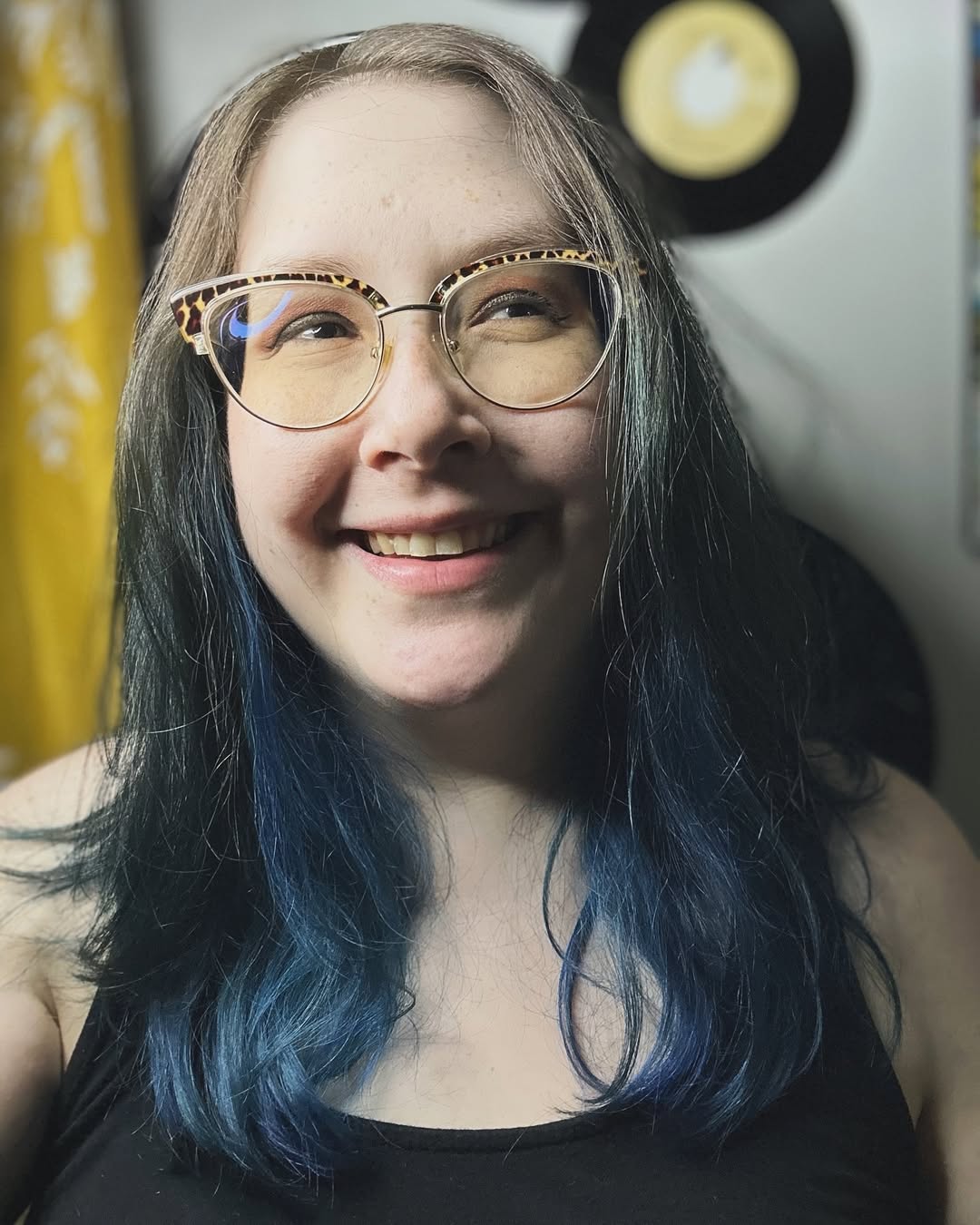
In regards to making and selling art, I fell into it! I had zero plans to pursue art as a means of supporting myself – at least not financially. I truly came to drawing, doodling, and patterns for stress relief while working one of the most high-pressure jobs I’d ever had up to that point. After spending all day at my computer, nerves shaking and body clenched, I’d unplug with markers and a sketchbook and just draw. I copied patterns and “art therapy” exercises I saw on IG. When I finished those, I started coming up with pattern ideas of my own. I kept surprising myself with the things I could do, and with relative ease. It soon became a nightly routine, and a beloved hobby. Read more>>
Phil Santos

I learned how to paint from taking some basic classes, reading books, and lots of trial and error. Looking back, I wish I had the courage to just jump into oil painting. But the fact is, I was terrified. In my early 20’s I learned acrylics and it wasn’t until years later that I dove into oil painting. The crushing weight of failure haunted me and I thought, “what if I’m terrible at it?”. Somewhere around 2008, I took basic oil painting classes in Santa Monica at a place called Paint Lab. Read more>>
Siany VU

I learned through a mix of sources—reading instruction books, taking specific classes, watching lots of YouTube videos about jewelry making, and asking questions both on jeweler forums and to professionals I trust. I also spent time getting familiar with the tools, not just using them, but really understanding what each one can do. That helped me build a solid technical foundation. Read more>>
Titus Peoples

I’ve always been a writer. I’ve been writing stories since I first learned to write as a child. I didn’t know what form of creative writing my career would take, but I always knew I wanted to be a writer. I attended film school to master my craft of storytelling. The skill that I found most essential was learning the ability to build worlds and be intentional with my characters and their dialogue. I can say the only obstacle I had was myself, early film career Titus was unfocused and hardheaded. Read more>>
Brandon Andersen
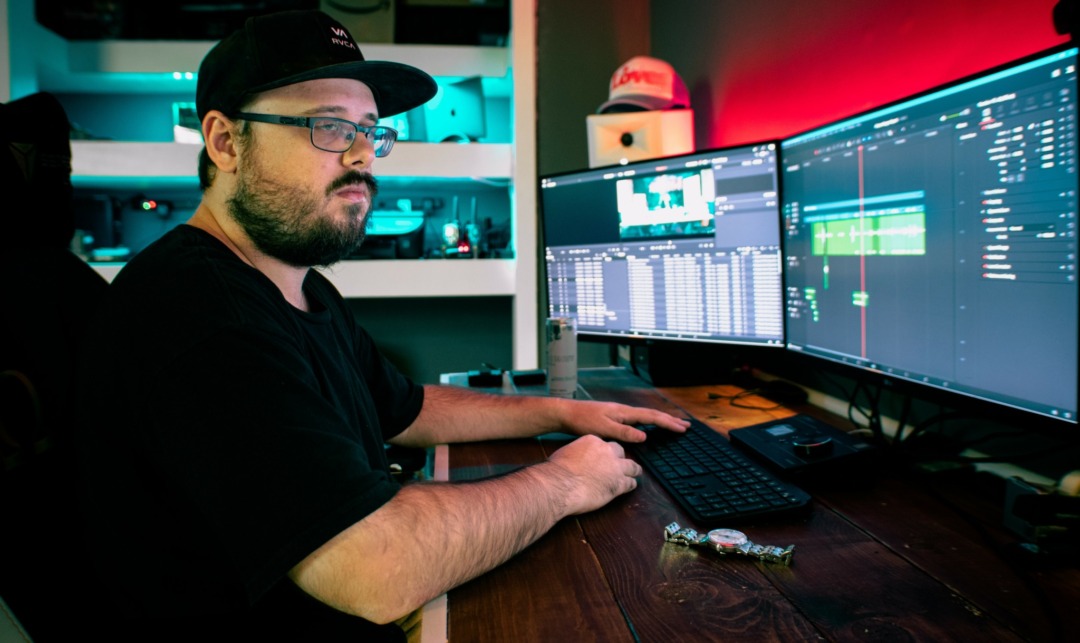
I didn’t go the conventional route of film school. A lot of what I’ve learned came from countless hours of experimentation, passion, and obsession. As a kid, I was always fascinated by video, but back then the internet and marketing were in a completely different place. Read more>>
Benjamin Alexander
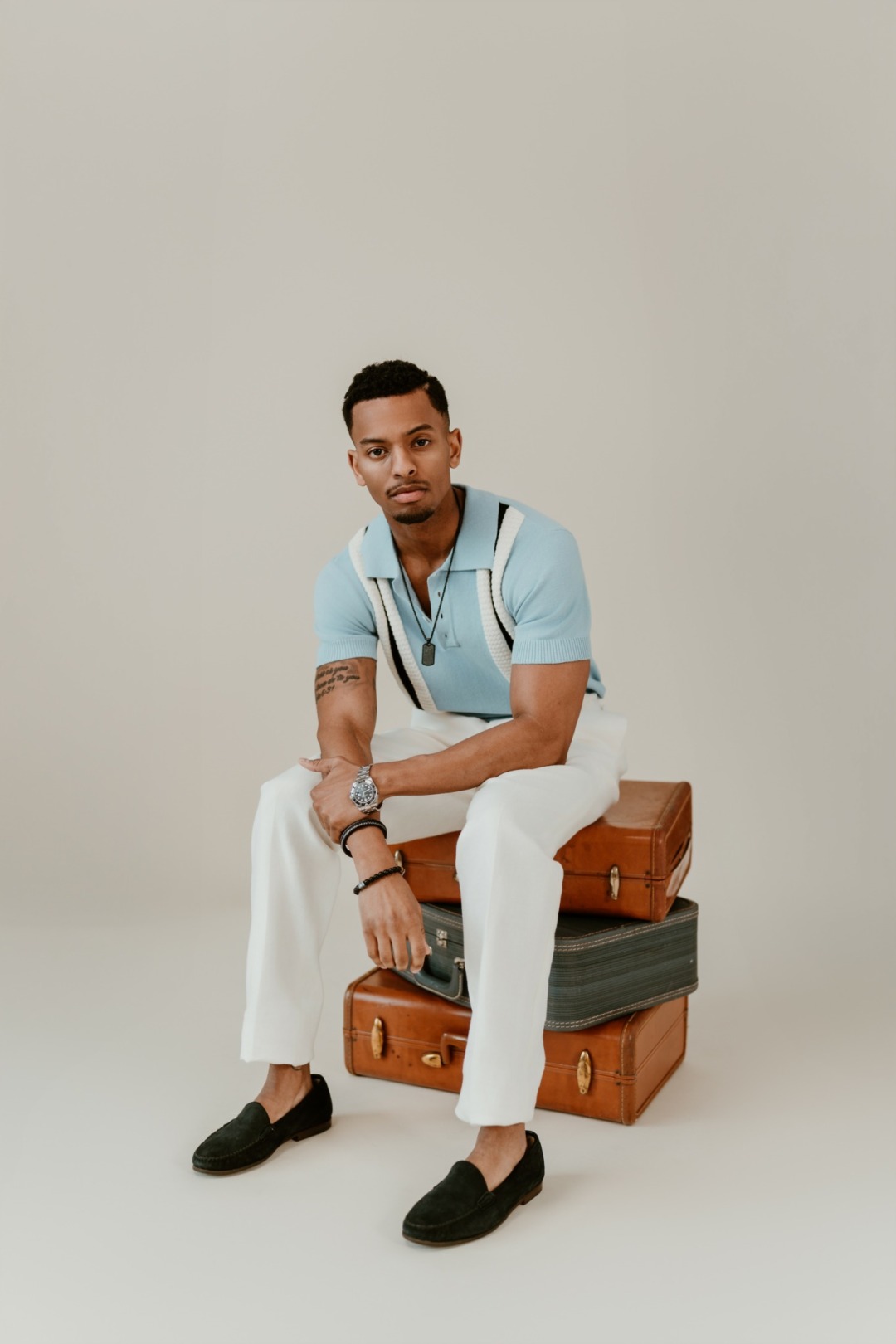
My modeling career started out as an “accident” of sorts. One of my closest friends invited me to accompany him in landscape photography in the Houston area. He took a couple of test shots on me and suggested that I start getting in front of the camera more often. From there, he invited me to join him in going to an Instagram meetup (an event where different creatives from all over gather to collaborate) where I was able to meet and network with different people from across the city. At this point I was able to work one on one with different photographers in order to build my portfolio and get signed to a local modeling agency. Read more>>
Franky Hang
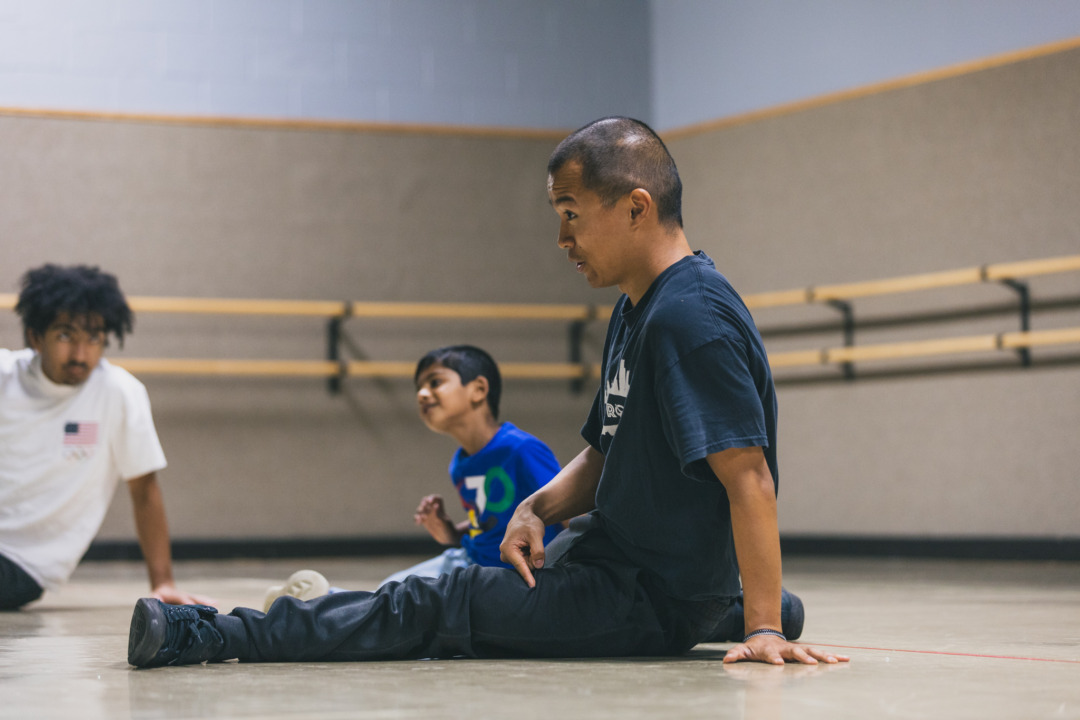
I started breaking—aka breakdancing—in 2010 during high school. My older brother was into it, and I’d see classmates practicing in the hallway. Funny enough, I also remember being inspired by a dancer doing a windmill in Justin Bieber’s Baby music video. Since then, I’ve never looked back. I trained and entered battles throughout college and beyond. YouTube was a huge learning tool for studying footage, tutorials, and interviews. Read more>>
Sandy Hughes
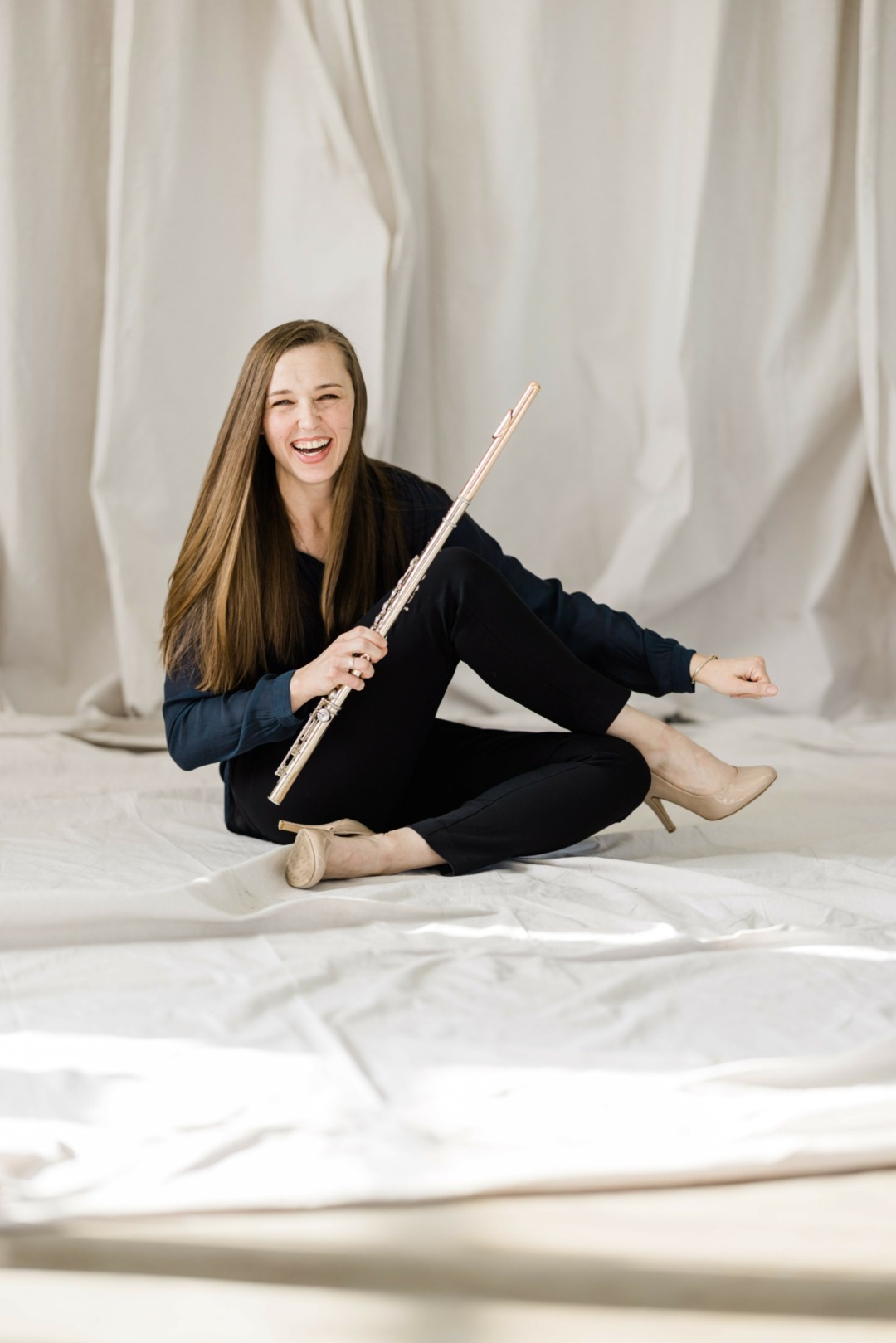
During my undergraduate flute studies at the Hartt School of Music, my professor, John Wion, who served as Principal Flute of the New York City Opera for more than three decades, advised early on to find a good piccolo and learn to play it well. Taking this advice set me up for success. Flute was my main serious instrument, but piccolo was something I experimented with on the side for fun. And over time, the piccolo became something joyful, an escape even, and eventually a specialized skill. I fell in love with the sound and the soloistic role of the piccolo, and I am fortunate that it has been my ticket into all sorts of rooms where incredible music was being made. Read more>>
KG Noble

I came to playing music late in life. That is, I learned to play as an adult in my twenties -I didn’t take music lessons as a child. I became obsessed with music in my teens, buying records and listening to the radio all the time. In college, I continued to collect music and started to going to see live bands. I even became a college radio DJ so that I could share my music finds with others. I viewed musicians as special people with magical powers. Read more>>
Fin Coe
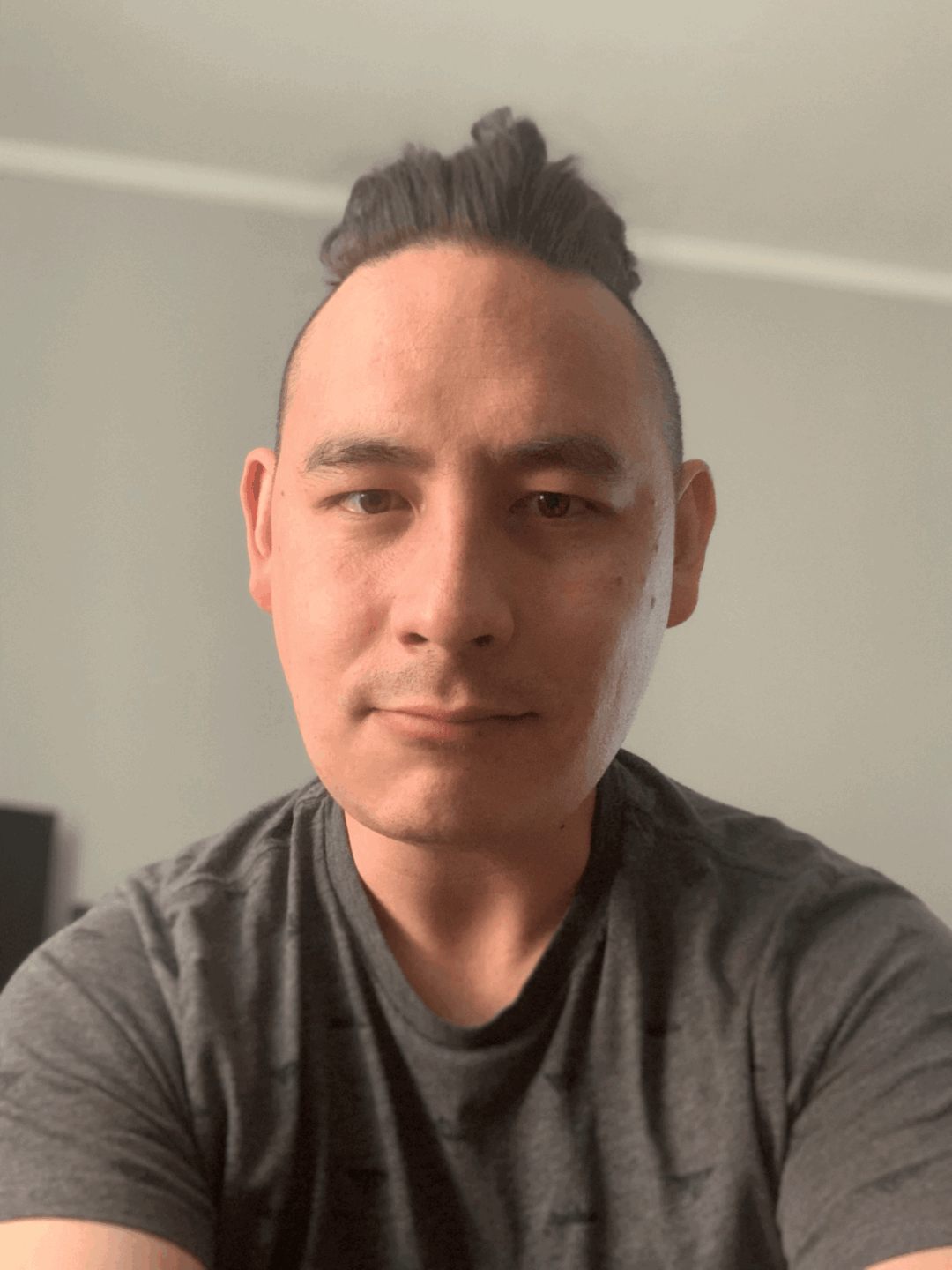
I’ve been writing my entire life.
That doesn’t mean I’ve been writing well that whole time, or that I’ve finished many projects, or that I don’t look back on my past work with dread and despair – but all of the shoddy, unfinished, derivative, voiceless work my past selves created still built up a foundation of habits. Some good, some bad, but it was all reps, all experience. And I can accept my awful early output as the meandering but necessary exploration for my artistic voice. It’s all led me to my core belief in writing: Whatever you do, do it on purpose. Read more>>
Marsoupial
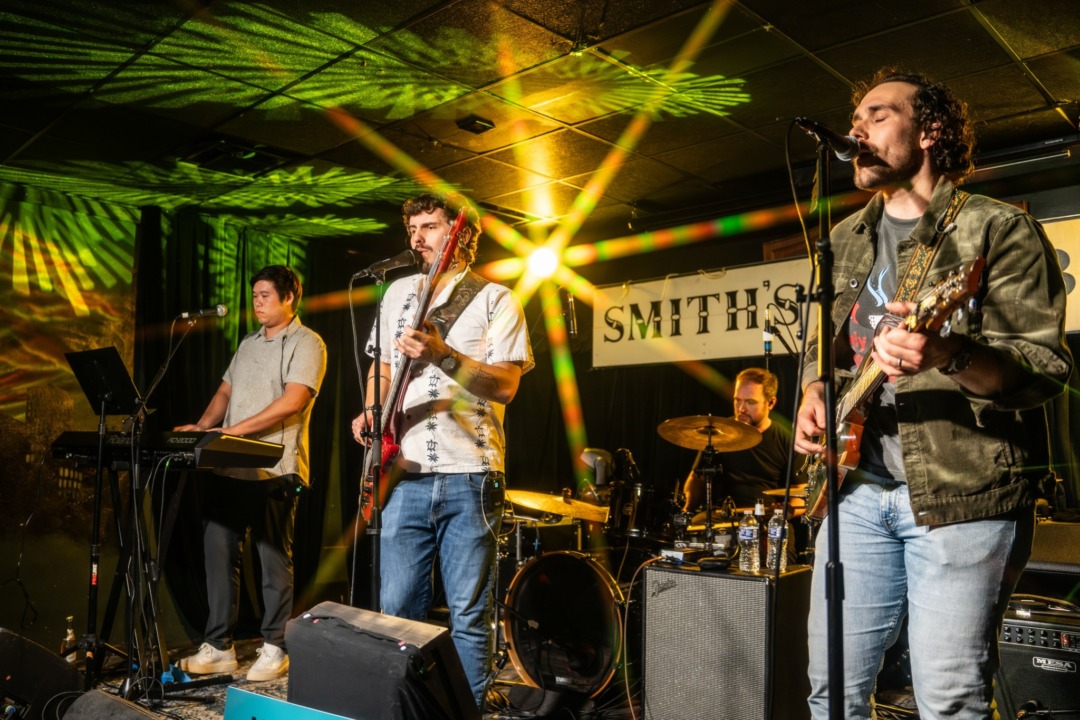
Before starting Marsoupial, none of us had played in a group that heavily featured unstructured improvisation. Michael, our guitar player, and Alex, our drummer, both have a bit of a jazz background, but most of their prior experience still existed within structured music. Each member of Marsoupial is a fan of jam bands like the Grateful Dead, Phish, and the Allman Brothers, and we had played along to records over the years. That being said, this is the first time the rubber has really met the road for us in terms of long-form improvisation. Read more>>
Gary Cain
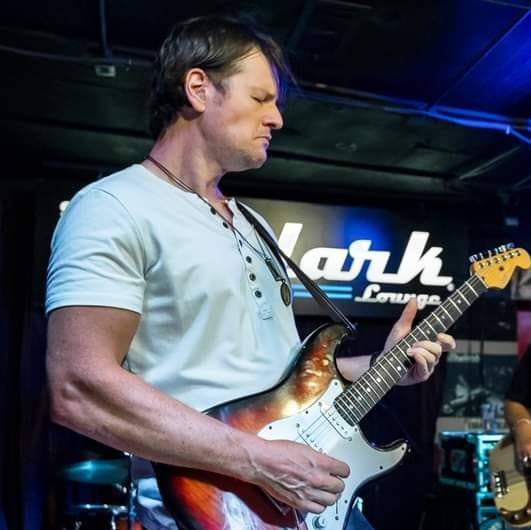
The process of learning to play music is a lot like the process of learning to talk, which is why the analogy of music being a language is so apt. So the things one needs to work on change as you develop. Babies learn to speak by simply experimenting with sounds they can make, which manifests as gibberish. They are learning the basic mechanics of their voice. Fairly soon they try to imitate the adults around them. Similarly, when I was first learning the guitar I spent a lot of time listening to other players and trying to lift their licks. Read more>>
Tami Cutler
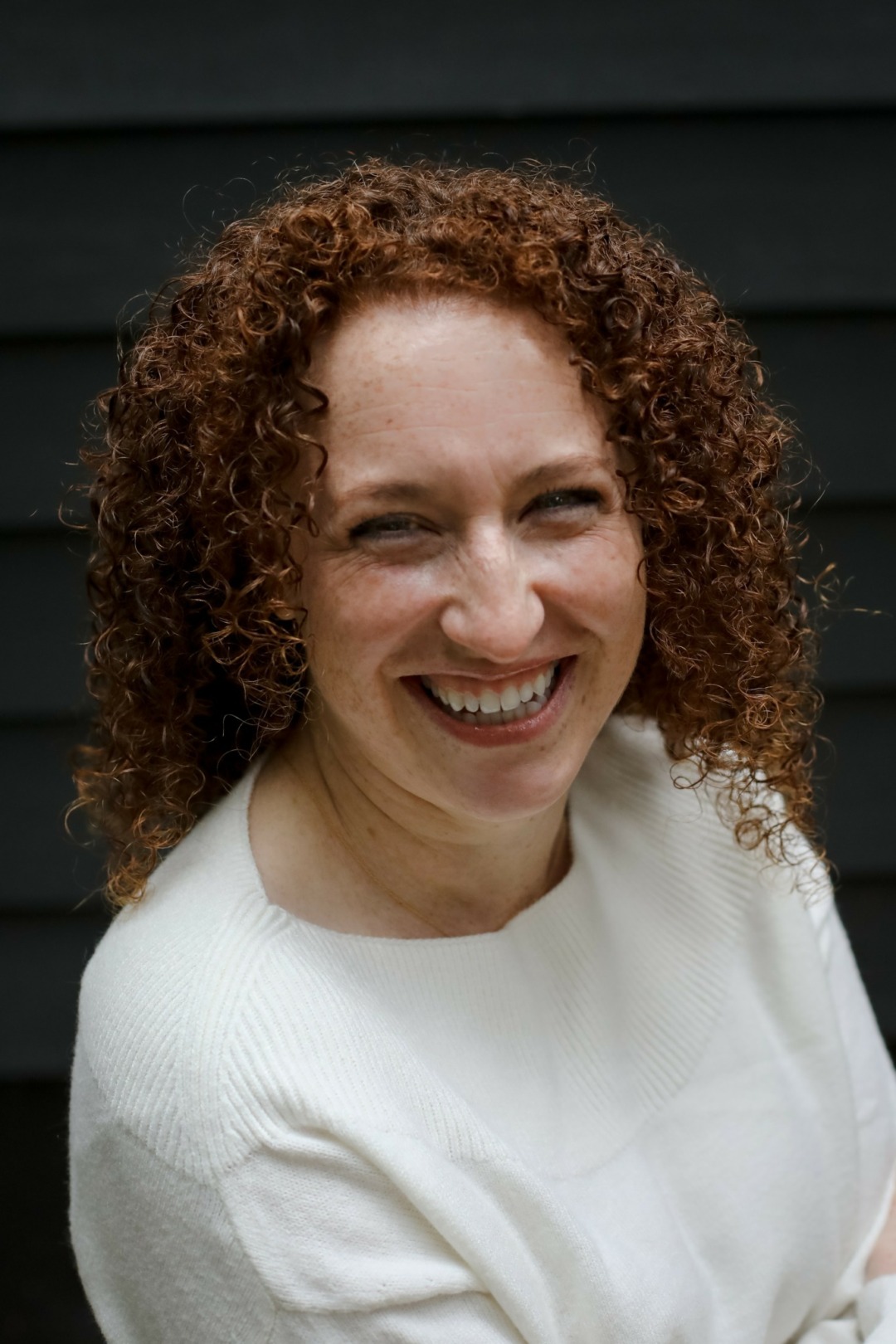
I started the learning process online – both in forums, and taking classes. I think that is common because it’s a low coast and low-risk way to learn. Unfortunately, it is also the least effective. Knowing what I know now, the best advice I can give is to be brave. Admitting that you’re a beginner, then putting yourself in situations where you can get immediate feedback are invaluable. Workshops, mentor/coaching, or at least an online class where there is feedback on my work were exponentially more effective ways to learn than reading tutorials and surfing tips in forums. Read more>>
Natalie Pellegrini
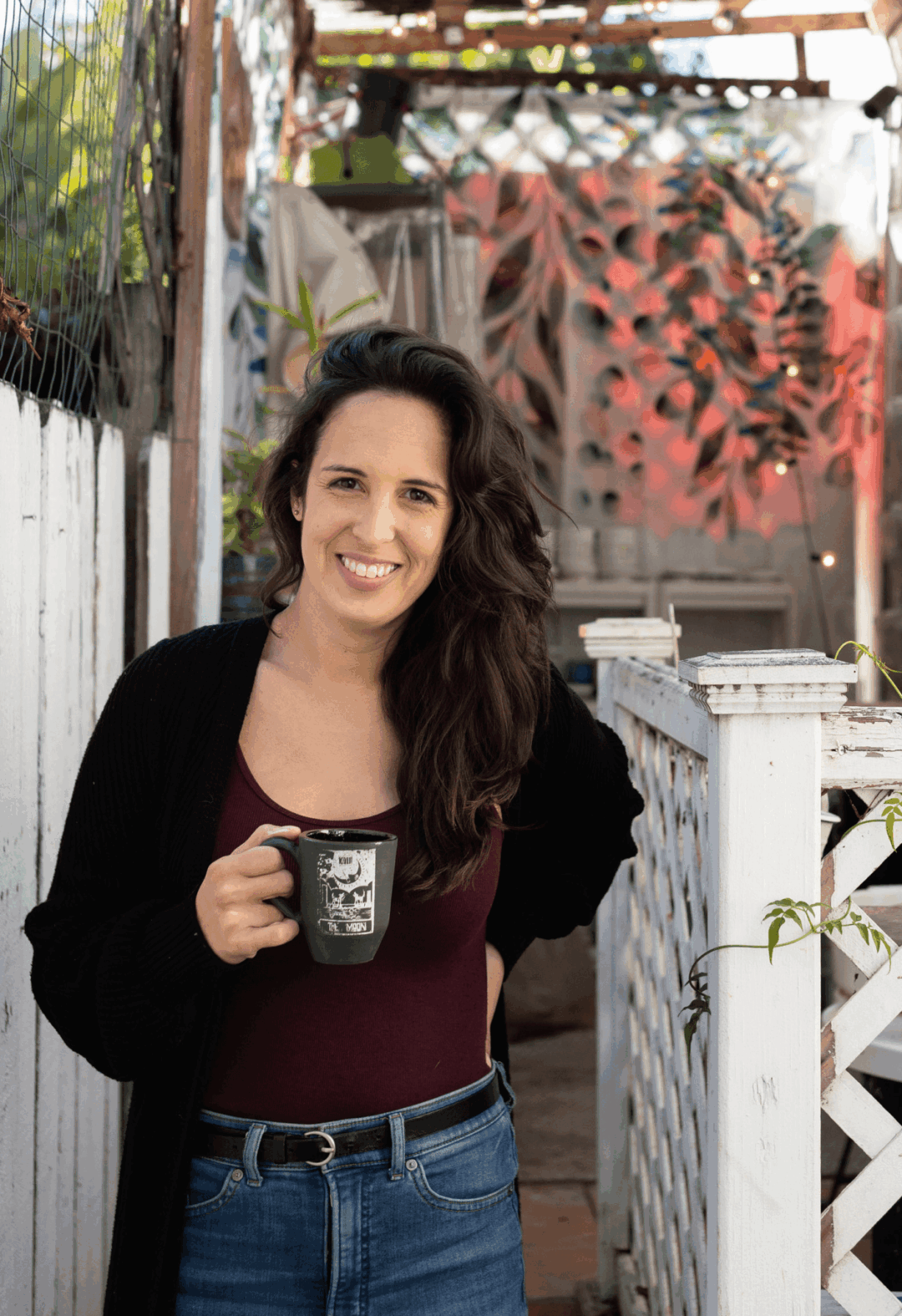
I began my pottery journey when I was 30 during the pandemic. I needed a way to occupy myself while the bar I worked at what shut down so I decided to take a wheel throwing class at the studio down the street from me, I was hoping I would like it enough to make a hobby out of it. I never thought that it would quickly turn into my full time job. Read more>>
Dan Whitzer
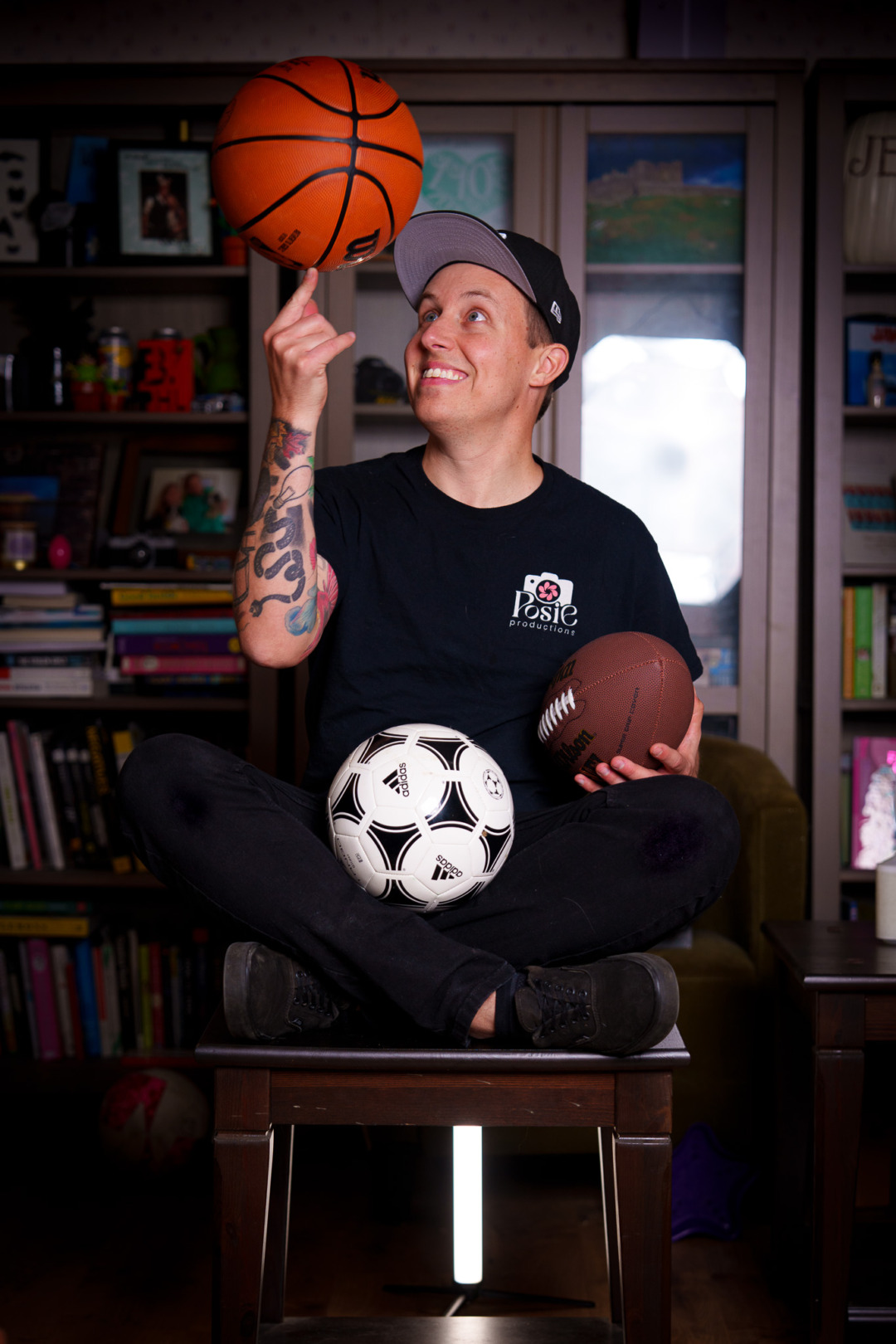
I’ve learned everything I can do over time—just by doing it. I’d think, “I want to try that,” and then I’d go for it.
When it came to video, I started by doing video projects for my brother when he was in high school. Later, when I began working in marketing and social media, I knew video was important, so I figured out how to integrate that, as well. I have a degree in audio engineering, so I also applied those concepts to video. I’d watch other people do things and then try it myself. That, to me, is the best way to learn anything: think of something you want to do, and then just try it. Read more>>
Thomas Wandborg

I started playing classical piano when I was 4, then briefly switched to drums and eventually electric guitar when I was 10. I was a huge fan of The Beatles, Dire Straits and Santana, so my first years of playing I spent figuring out how to play their songs. Every now and then, a bus from the library would stop by, full of books and CD’s. I found out that I could reserve books from the city libraries and pick them up on the bus so I got my hands on guitar tabs for albums like Dire Straits’ “Brothers in Arms” and “Love Over Gold”. I remember learning enough of Mark Knopfler’s solos so that learning new ones became easier and eventually I didn’t need the tab books. Read more>>
Kelly Jensen
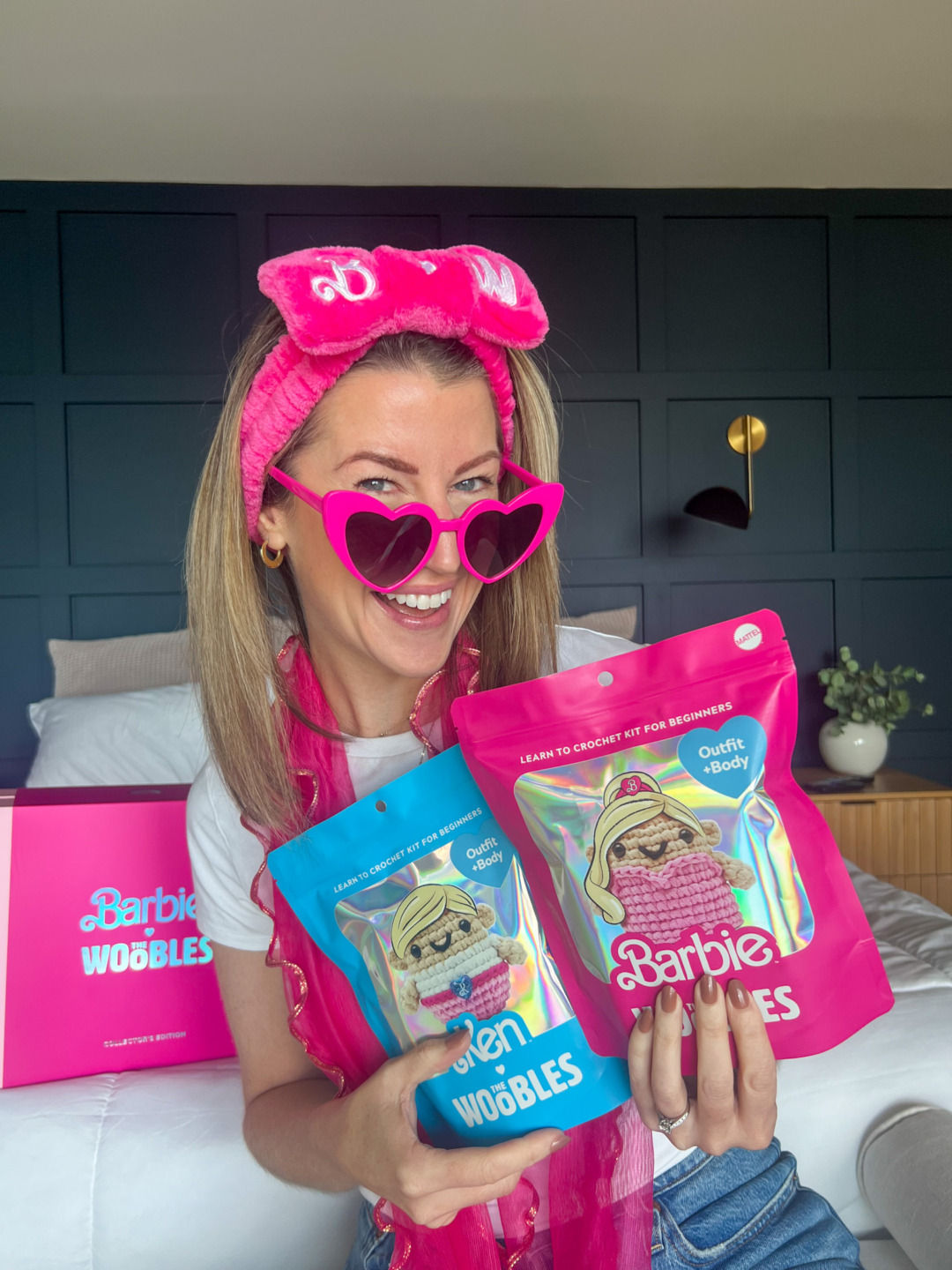
My personality type has always led me to be a learner and wanting to dabble in new things. When I first heard about UGC as a career field, I consumed as much information as I possibly could online about what it was and how to be successful with it. I bought one or two small guides to help with the logistics of getting started but otherwise I really just dove in and wanted to learn by doing. Read more>>
Francisco Rojas
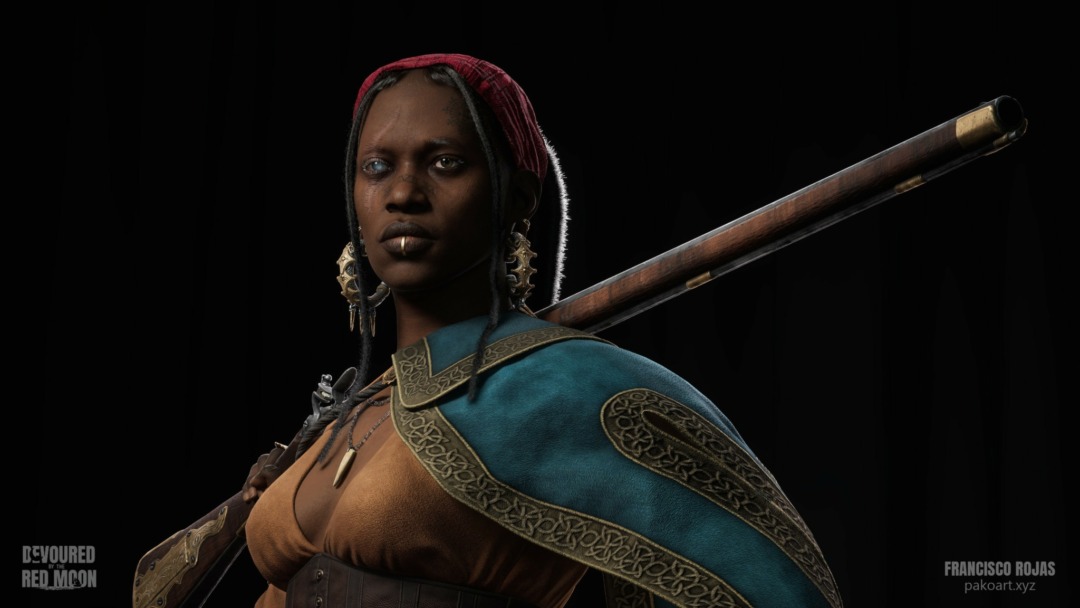
From a young age, I knew that I wanted to work in the creative fields; I just didn’t know where I’d fit in. When I went to school, I initially wanted to become a 3D animator; it wasn’t until I had a class with Tony Cipriano that I got more involved in learning and improving in the art of digital sculpting. Read more>>
Dave Shelton

So to me, there are two things a person needs to do in order to get good at something: practice and fail. That’s what it took for me. It took, what we call in stand up, “reps”. That basically means I had to just do it. I had to go to as many open mics as I could for practice, and I had to “bomb” aka fail, so I could learn how to “kill” (the more I think about it, the more comedians sound like terrorists). Stand up, much like anything is a lot of experimentation. You don’t know what does or doesn’t work until you try it, just like you don’t know what is or isn’t funny until people laugh at it (more than once). And that’s the hardest part: the failure. I always say that in order to stay consistent at something and improve, you have to fall in love with the process. Read more>>
Penny Frost McGinnis
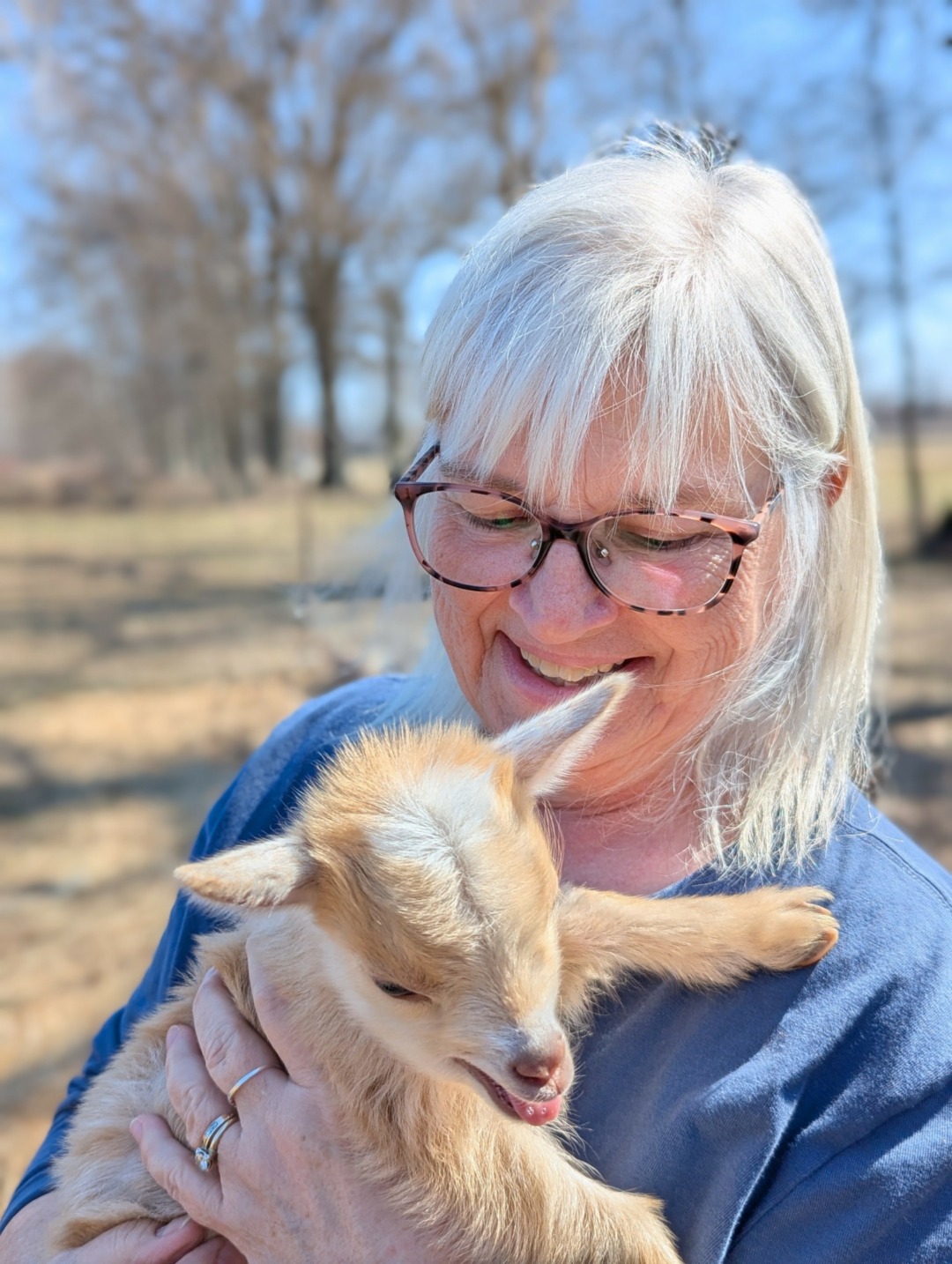
If I were to choose one thing that inspired me as a writer, I’d have to acknowledge reading as my greatest influence. I’m a book lover and can never have enough books. I’ve often heard teachers say, “If you want to be a writer, be a reader.” When I speak to children about writing, I parrot those words. I read in the genre I write in, but also in other genres. Read more>>


